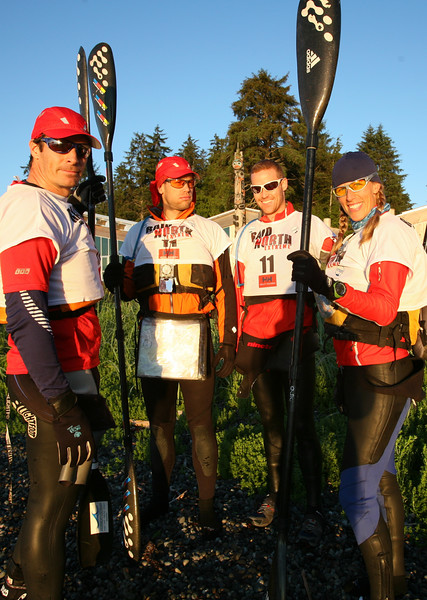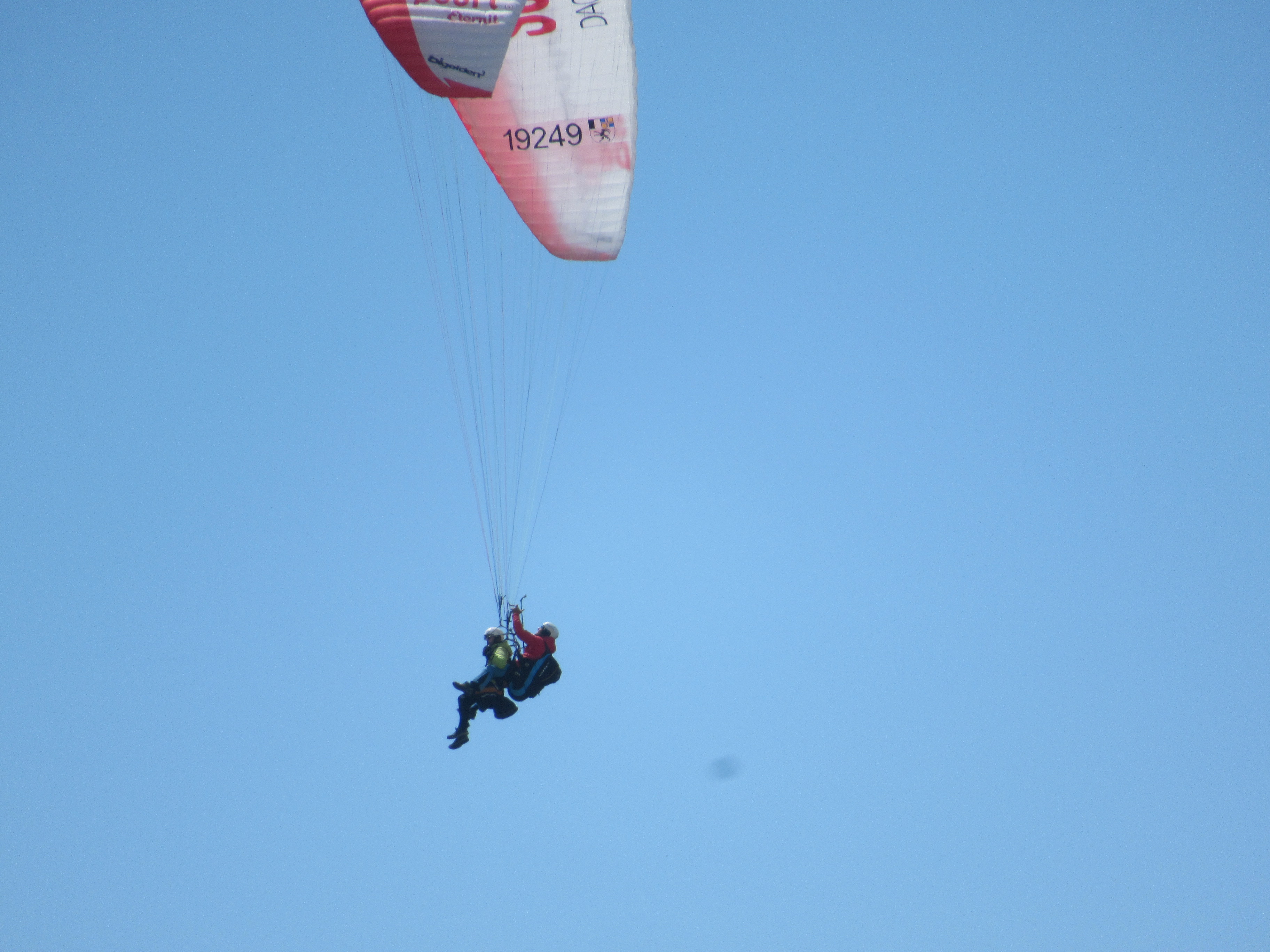|
Xcbusa
The XCBusa is a paragliding Paragliding is the recreational and competitive adventure sport of flying paragliders: lightweight, free-flying, foot-launched glider aircraft with no rigid primary structure. The pilot sits in a harness or lies supine in a cocoon-like 'po ... competition in the northern alps in Italy by the lake Garda. History The Contest its born in Riva del Garda Italy made by the italian Pilot Michele Marchi Vidi Rules The pilots has 5 try to make a flight for the final score. The flight has to be declared before taking off. The best 3 flight will be taken for the final score using the xcontest scoring system. XCBusa 2014 Results 1 - Italo Miori 2 - Roberto La Fauci 3 - Moreno Parmesan XCBusa 2015 Results 1 - Moreno Parmesan 2 - Italo Miori 3 - Giorgio Tonetta XCBusa 2016 Results 1 - Moreno Parmesan 2 - Matteo Marega 3 - Ermanno Dossi XCBusa 2017 Results 1 - Helmut Schrempf 2 - Manuel Schmiedhofer 3 - ... [...More Info...] [...Related Items...] OR: [Wikipedia] [Google] [Baidu] |
Paragliding
Paragliding is the recreational and competitive adventure sport of flying paragliders: lightweight, free-flying, foot-launched glider aircraft with no rigid primary structure. The pilot sits in a harness or lies supine in a cocoon-like 'pod' suspended below a fabric wing. Wing shape is maintained by the suspension lines, the pressure of air entering vents in the front of the wing, and the aerodynamic forces of the air flowing over the outside. Despite not using an engine, paraglider flights can last many hours and cover many hundreds of kilometres, though flights of one to two hours and covering some tens of kilometres are more the norm. By skillful exploitation of sources of lift, the pilot may gain height, often climbing to altitudes of a few thousand metres. History In 1966, Canadian Domina Jalbert was granted a patent for a ''multi-cell wing type aerial device—''"a wing having a flexible canopy constituting an upper skin and with a plurality of longitudinally extend ... [...More Info...] [...Related Items...] OR: [Wikipedia] [Google] [Baidu] |
Adventure Racing
Adventure racing (also called expedition racing) is typically a multidisciplinary team sport involving navigation over an unmarked wilderness course with races extending anywhere from two hours up to two weeks in length. Some races offer solo competition as well. The principal disciplines in adventure racing include trekking, mountain biking, and paddling although races can incorporate a multitude of other disciplines including climbing, abseiling, horse riding, skiing and white water rafting. Teams generally vary in gender mix and in size from two to five competitors, however, the premier format is considered to be mixed gender teams of four racers. There is typically no suspension of the clock during races, irrespective of length; elapsed competition time runs concurrently with real time, and competitors must choose if or when to rest. Origin The roots of adventure racing are deep and people debate the origin of the modern adventure race. Some point to the two-day Karrimor I ... [...More Info...] [...Related Items...] OR: [Wikipedia] [Google] [Baidu] |
Paragliding
Paragliding is the recreational and competitive adventure sport of flying paragliders: lightweight, free-flying, foot-launched glider aircraft with no rigid primary structure. The pilot sits in a harness or lies supine in a cocoon-like 'pod' suspended below a fabric wing. Wing shape is maintained by the suspension lines, the pressure of air entering vents in the front of the wing, and the aerodynamic forces of the air flowing over the outside. Despite not using an engine, paraglider flights can last many hours and cover many hundreds of kilometres, though flights of one to two hours and covering some tens of kilometres are more the norm. By skillful exploitation of sources of lift, the pilot may gain height, often climbing to altitudes of a few thousand metres. History In 1966, Canadian Domina Jalbert was granted a patent for a ''multi-cell wing type aerial device—''"a wing having a flexible canopy constituting an upper skin and with a plurality of longitudinally extend ... [...More Info...] [...Related Items...] OR: [Wikipedia] [Google] [Baidu] |


